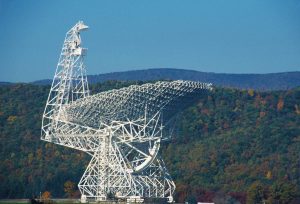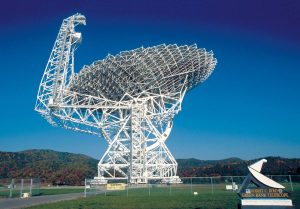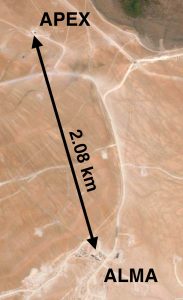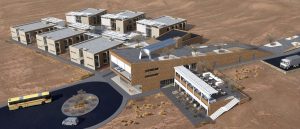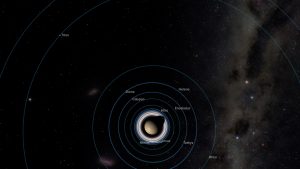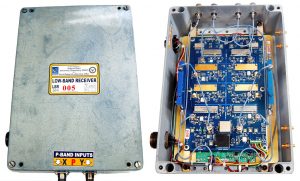NSF grant to NRAO and WVU expands Pulsar Search Collaboratory.
Green Bank Telescope Joins ‘Breakthrough Listen’
GBT receives funding to join search for intelligent life in Universe.
ALMA Gains New Capability in First Successful VLBI Observation
ALMA achieves ‘first light’ VLBI observation.
ALMA Residencia Construction to Start
Contract awarded to build new residence for staff and visitors at ALMA.
Improved Saturn Positions Help Spacecraft Navigation, Planet Studies, Fundamental Physics
Scientists have used the National Science Foundation’s Very Long Baseline Array (VLBA) radio-telescope system and NASA’s Cassini spacecraft to measure the position of Saturn and its family of moons to within about a mile — at a range of nearly a billion miles.
New VLA Observing System Completed, Begins Scientific Operations
A new system that makes the Karl G Jansky Very Large Array two telescopes in one has been completed and its scientific operations are underway.






